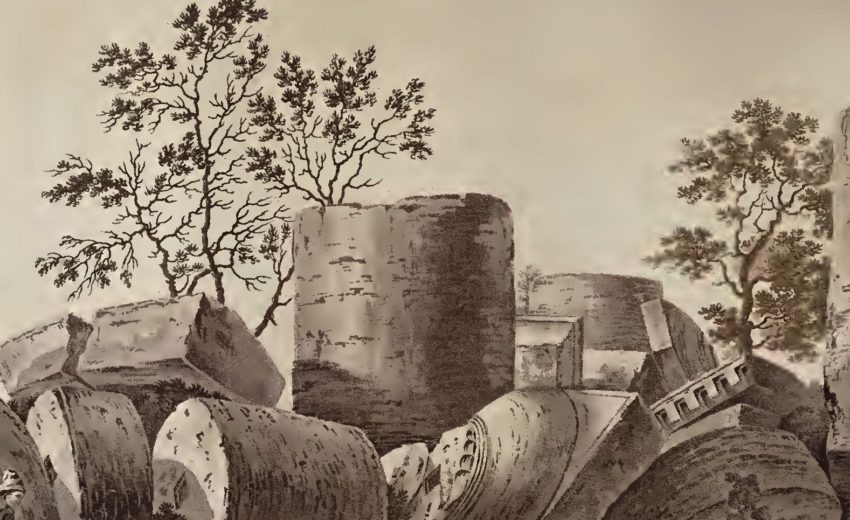

These excavations were mainly focused on sacred architecture and its design, and only in the second half of the 20th century did the interest of scholars start to shift toward political, domestic, and military architecture. This renewed interest in monumental, particularly Doric temple architecture led to the first systematic excavations at ancient sites in both southern Italy and Sicily, starting in the early 19th century. During the 18th and early 19th centuries, monumental architecture at critical sites, such as Poseidonia/Paestum and Acragas, played a major role in the rediscovery of ancient Greek architecture in Europe, particularly before the systematic development of archaeological research in Greece and Asia Minor.

Finally, not only did the Western Greeks play a critical role in the transmission of Greek architecture to the other populations of pre-Roman Italy, but also they had a significant effect on the development of Roman, particularly Republican, architecture.

This process led to major construction and significant experimentation and innovation, first, in association with sacred architecture, in the 6th and 5th centuries BCE and later in the field of military architecture, when in the 4th and 3rd centuries BCE and before the advent of Rome in the latter century, the Greeks came under particular pressure from Carthage in Sicily and indigenous populations in southern Italy. Moreover, within a few generations after their foundation, the successful settlements developed a particular interest in monumental building, which was critical, from the Archaic all the way down to the Hellenistic period, in asserting not only the wealth and power of these communities living away from home, but also in constructing and reinforcing their cultural identity. New territories and foundations became available for the development of land division, urbanism, and construction. This expansion toward the West marks an important moment in the history of Greek architecture. However, both definitions are misleading given their strong “statist” associations, which are not appropriate for the settlement processes of the Archaic period, processes that were due more to the initiative of single individuals or groups than to city-states, and ultimately led to the foundation of new city-states independent from their mother cities. The terms traditionally used to describe this process and its results, “colony” and “colonization,” are still convenient labels. Between the second half of the 8th and the beginning of the 6th century BCE, the Greeks expanded toward the West by settling at numerous sites in Sicily, southern Italy (the area of Greek colonization in this region being defined as Magna Graecia), and the south of France and Spain.


 0 kommentar(er)
0 kommentar(er)
